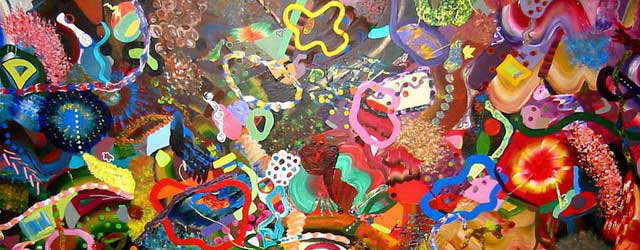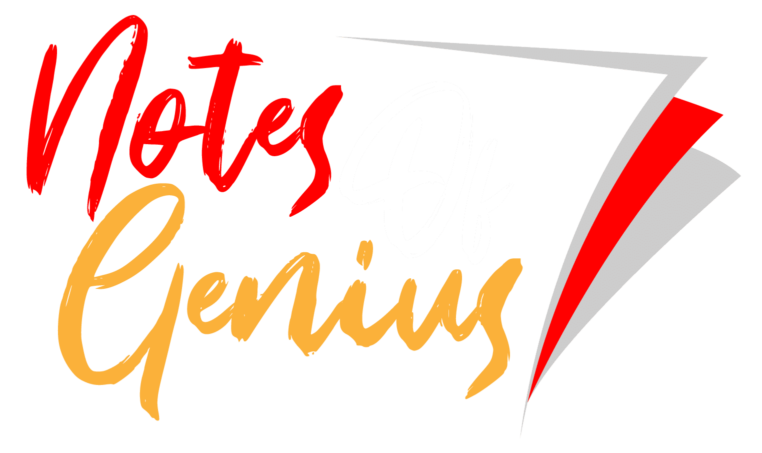Color Theory is the guidance for mixing and making visual impacts on the color combinations. Writings of Alberti and notebooks of Leonardo da Vinci show the first appearance of the color theory. There are three main aspects of using the color theory. Giving the maximum readability and clarity to the viewer, drawing on with an effective meaning and creating a good combination of graphics to the viewer are them. Ones sweet can be bitter for someone. Therefore the color theory gives a justification for make it in favor of everyone.

Color
It is the frequency of a light wave within the bandwidth located in the electromagnetic spectrum where human eye can catch it. The range of frequencies which are higher than the maximum of the above bandwidth is called as the ultraviolet region while the lower frequencies are in the infrared region. Every visible color in the spectrum is a combination of the three basic colors which are Red, Green and Blue.
Color Depth And Color Pallets
In general, a picture is a collection of pixels where each pixel has a unique color. The number of colors that a pixel can have is defined as the color depth. The color depth is equal to two to the power of number of bits that image have. For example an 8bit color image can have 256 colors to represent a one pixel and a 16bit color image can have 65536 colors to represent a single pixel. A color pallet is a mathematical table that defines the available color of a pixel. They are also called as the Color Look Up Tables. Most common pallets are of 1, 4,5,16 and 24 in bit depths.
Web safe colors are the colors that are being shared by the Windows and Mac operating system pallets. There is a combination of color codes ‘00’, ’33’, ‘66’, ‘99’, ‘CC’, ‘FF’ for each color in the web safe color palette. Each color is defined with three pairs of numbers.
Color Models
Color Model is the way to specify colors in the terms of computer. RGB, SGB, HSL, CMYK, CIE are some of them. It represents color in a mathematical system.
RGB is the most famous color model from all. It contains Red, Green and Blue which are the primary colors of light. The 24-bit RGB color system represents each color by providing 8-bits for each color. Therefore there are 256 shades of each red, green and blue color.
HSB is a combination of Hue, Saturation and Brightness. Every color has 3numbers from each representation. Hue is a value between 0 to 360 degrees. The next number saturation is a percentage value between 0 and 100. The last one is brightness that can have a value between 0 and 100. HSL is the replacement of lightness for the brightness in HSB. Lightness means the black color availability of the color.
HSI color model includes a parameter for the intensity. The distance unit percentage from the center of the HSI color pyramid is defined as the Saturation. Intensity defines the distance up axis from black which will be ‘0’ or ‘1’.
CMYK color model is a collection of Cyan Magenta Yellow and black and it is the color model used in printers as well. Cyan is the while light without red. Magenta is while light without green. Yellow is white light without blue. But this model is less applicable in multimedia production. They are the primary colors of pigments that are used to make the other colors in practical.
Analogous And Complementary Colors
Analogous Colors are defined as any close three colors on a 12 colored color wheel. The nature is the best example for a practical place where the Analogous combination can be found. There is lot of varieties of greens that are closer to each other in the jungles as well. They are very much pleasant to the eye because of the less change in it. Also it has less attraction in it due to the low color change n it. Split Analogous colors are the colors that are located once after a once in the color wheel.
Complementary Colors are any two colors that are located one against one. They are very hard to pick up on human eyes and it shows things highlighted. Places where to find quick attraction can be colored with complementary colors. Although these combinations are not that cool for eyes, it will not be a good implementation for the pictures that should keep the eye for a long time. Split-complementary color scheme are the ones that have one hue but located in each one’s opposition.
Color Theory Applications
There are so many applications of color theory can be found in the day today life. Graphic designing is the most famous one among them. Several artworks have become famous due to the proper application of the color theory. Color theories are highly applied for the advertising purposes. There are so many products that has become much famous and so many that has become less popular due to the color selections for the advertising. A company logo is the trademark of a company. It will be a key factor in the business purposes. Normally the Analogous color patterns are applied to the logo designs because of it provides the majesty of that company. Advertising is very much different from the logo designing and the complementary colors are applied to get more consumer attraction for the sales purposes. Video games are also applied the color theory with several intentions such like changing the player’s mind during the play, highlighting and hiding several operations for the player and so many other tricks that could attract the player to play the game. World Wide Web is another famous application of the color theory that gives dynamic content to the site visitors by using several techniques. Cascading Style Sheets are often used to provide the content to the user in a very much attractive manner. Interior designers concern very much on the color theory to match the suitable colors for the building according to the place.
Color theory is not that famous as most of the other theories used for any other works. But it is one of the rapidly used theories in the world and this can be applicable for most of purposes and activities.
References
- Color Models: HSB, RGB, CYMK and LAB. (n.d.). Retrieved 05 27, 2010, from WOWAREA: http://www.wowarea.com/english/help/color.htm
Bookmark





